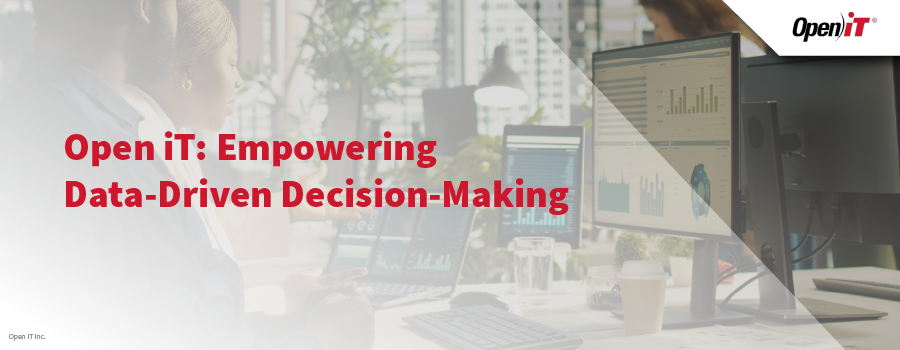For engineering-driven industries such as automotive, where design cycles are compressed and global collaboration is the norm, the choice of software licensing models has direct implications for productivity, cost control, and long-term scalability.
SOLIDWORKS offers both seat-based (concurrent/floating/network) and named user entitlements, each with benefits and constraints. The challenge lies not in understanding their mechanics, but in aligning them with the operational realities of high-value engineering environments.
DEMO: Eliminate License Contention & Idle Seats
The Core Problem: Misaligned Software Licensing Models
Most organizations invest heavily in SOLIDWORKS but underestimate how license model selection impacts performance. Automotive companies in particular face a dual challenge:
1. Variable Utilization
Not all engineers require full-time access. Some run SOLIDWORKS continuously, while others only use it for occasional validation or review.
2. Distributed Teams
With design teams spread across plants, suppliers, and remote offices, the wrong model can either lock users out or strand unused licenses.
When the chosen model does not reflect actual usage, the result is predictable: either overspending on idle entitlements or delays caused by license contention.
Where Network Licensing Breaks Down
The seat-based licensing model is efficient when demand fluctuates, but it has structural limitations:
• Contention at Peak Load
In automotive programs with synchronized design deadlines, concurrent users often exceed the available pool, leading to workflow bottlenecks.
• Geographic Constraints
Network pools tied to a central license server restrict flexibility across regions unless VPNs or license borrowing are used, which adds IT overhead and latency.
• Visibility Gaps
Organizations rarely have precise analytics on who holds a license and for how long, leading to hoarding and inefficient seat utilization.
For automotive OEMs and Tier 1 suppliers, these limitations surface most clearly in crash simulations, large assembly validations, and supplier collaboration phases, where demand spikes are predictable but still unmanaged.
Where Named User Licensing Falls Short
Named user entitlements eliminate contention but introduce their own inefficiencies:
• Idle Capacity
Licenses assigned to part-time users often sit unused, driving up effective cost per productive hour.
• Rigid Allocation
Seats cannot be flexibly reassigned to temporary contractors or shifting project teams without additional purchase.
• Cost Predictability vs. Utilization
While budgeting under a subscription licensing model is straightforward, underutilized named seats inflate total cost of ownership.
Automotive companies with rotating project staffing find this particularly problematic. A structural engineer on a six-month assignment consumes a full entitlement even if their SOLIDWORKS activity is minimal outside project peaks.

Open iT On-Demand Webinar
Join us in our upcoming webinars and stay ahead of the curve!
The Strategic Lens: Total Cost of Engineering Access
The choice between floating licensing models and named user entitlements is not binary. It is about minimizing the “cost of access” to critical engineering tools. This requires analyzing:
• Concurrency Ratios
Actual peak versus average utilization rates across user groups.
• Idle Time Exposure
Quantifying the proportion of time licenses remain checked out but inactive.
• Cross-Site Demand
How often licenses are stranded in one region while needed in another.
• Lifecycle Flexibility
How license models adapt to organizational growth, mergers, or transitions to enterprise licensing models.
Without this data, companies often default to over-purchasing entitlements as insurance, inflating costs by double digits annually.
Hybrid Deployment: Pragmatic Balance
A growing number of automotive companies adopt hybrid deployments:
- Named User Licenses for heavy users who cannot afford disruption, such as core design engineers and lead CAD managers.
- Seat-based Licensing Pools for intermittent users, contractors, and distributed support teams.
This balance reduces contention risk while limiting waste from idle licenses. It also provides a migration path as Dassault Systèmes advances its SaaS licensing model under 3DEXPERIENCE. Organizations can phase in cloud entitlements without abandoning established perpetual licensing models still in use.
Why Data-Driven Optimization Matters?
License model selection is only the first step. The greater challenge is ensuring ongoing software license optimization:
• Detecting Hoarding
Engineers who keep a seat open all day create artificial shortages in the concurrent pool.
• Reallocating Underutilized Seats
Named user licenses tied to low-activity users should be reassigned or converted to network entitlements.
• Forecasting Needs
Accurate analytics predict future demand and prevent last-minute procurement at premium cost.
This requires a level of telemetry that SOLIDWORKS’ native tools do not provide. Organizations must rely on specialized software asset management solutions capable of analyzing usage at the session, feature, and user level.
Open iT: Empowering Data-Driven Decision-Making

Open iT provides this missing layer of intelligence. By capturing granular telemetry—who used SOLIDWORKS, for how long, on which device, and under which entitlement—Open iT allows organizations to:
• Model Concurrency
Quantify the exact ratio of peak-to-average users and size network pools accordingly.
• Expose Idle Licenses
Detect unused named seats and reassign them before renewal cycles.
• Support Hybrid Strategies
Optimize the mix of network and named user licenses to fit both core and peripheral demand.
• Enable Strategic Planning
Simulate future usage scenarios to guide transitions from perpetual to subscription licensing models or cloud-based SaaS entitlements.
For automotive organizations under pressure to accelerate design cycles and reduce costs, this data-driven approach ensures SOLIDWORKS remains an enabler of innovation, not a hidden liability.
Software Licensing Models as a Design Decision
In environments where design access defines competitive advantage, the question is not simply network or named user. The real challenge lies in aligning software licensing models with engineering workflows and future growth.
- Concurrent models deliver efficiency but risk contention and geographic inflexibility.
- Named user entitlements guarantee access but inflate costs when utilization is uneven.
- Hybrid deployments, guided by analytics, provide the most resilient balance.
Treating licensing as a strategic design decision ensures SOLIDWORKS remains an accelerator of innovation, not an operational bottleneck. With Open iT, automotive organizations gain the visibility to engineer the right mix of entitlements—turning license management from a cost center into a competitive advantage.
See SOLIDWORKS License Analytics in Action.






